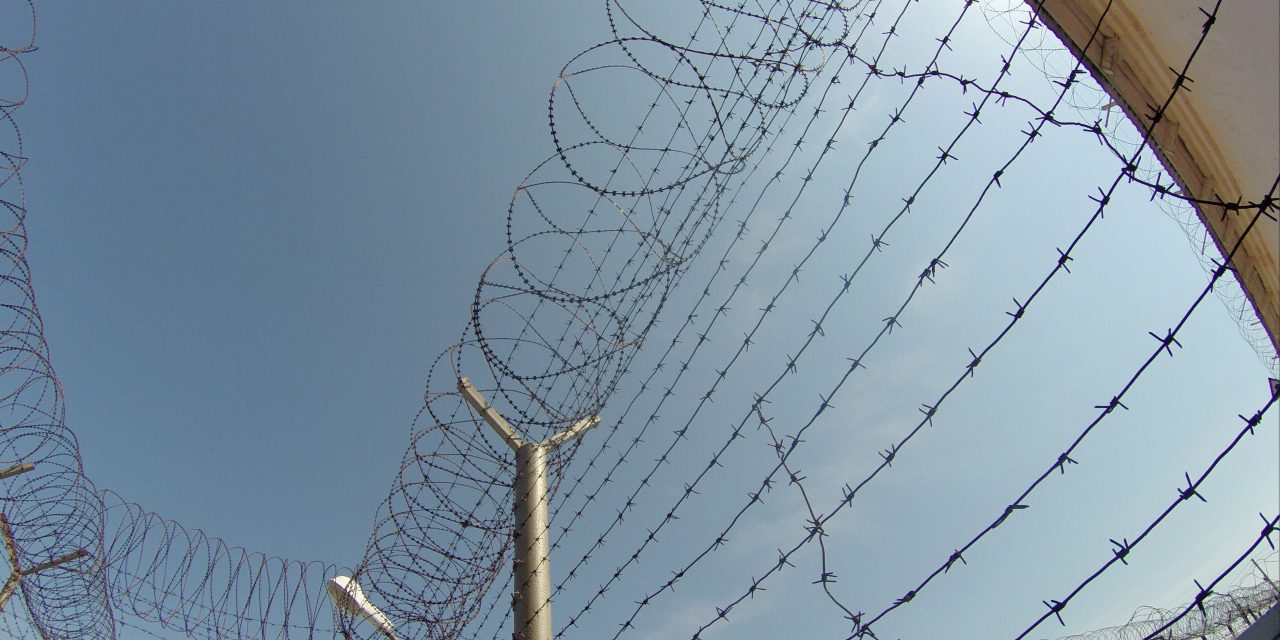Immigration and Customs Enforcement (ICE) claims that a significant expansion of immigration detention is required to meet “operational needs” in light of the agency’s shifting policies and ramped up immigration enforcement under the Trump administration.
However, a new report released in January from immigrants’ rights organizations Detention Watch Network (DWN) and the National Immigrant Justice Center (NIJC) argue that ICE has overstated this supposed need for an expansion in order to house a larger number of immigrants in detention facilities.
The report, ICE Lies: Public Deception, Private Profit, outlines what the authors call the Department of Homeland Security’s (DHS) “reckless mismanagement of its abusive system of immigration jails.” It identifies three primary concerns about ICE’s governance of the immigration detention system:
- Misrepresentations of its alleged operational need for detention space;
- Inflated detention cost estimates and willingness to prioritize the demands of prison contractors over responsible stewardship; and
- Disregard for congressional oversight.
To justify these needs, the agency has pointed to President Trump’s January 2017 executive order on interior immigration enforcement, which designates broad new categories of immigrants as priorities for removal. ICE maintains that these new categories will lead to an increased need for detention space. However, neither the executive order nor its subsequent implementing memo necessitates detention; in fact, the agency has complete discretion over the number of immigrants arrested and its decision to detain or release non-citizens during the course of their removal proceedings.
According to the report, ICE’s reasoning is “baseless.” Rather, “ICE is choosing to engage in massive interior enforcement operations targeting long-time community residents while quietly shifting toward a policy of de facto mandatory detention for all asylum seekers.”
The number of detention beds has already skyrocketed over the past few years from approximately 6,800 people detained daily in 1994 to an all-time high of 41,000 in fiscal year 2017. Meanwhile, the White House has requested funding from Congress to increase the daily average to 51,000 in fiscal year 2018.
As ICE seeks more money for more beds, it looks to weaken the standards that govern conditions in immigration detention. The current detention standards – which are non-binding and lack a meaningful enforcement mechanism – have been updated over the years since they were introduced in 2000, with different versions applying across facilities.
Despite the dire need for improved standards, more than 75 percent of the facilities in ICE’s detention system—151 detention facilities—are contracted to the “lowest level of detention standards from 2000.”
About 65 percent of immigration detention centers are operated by for-profit companies such as CoreCivic and GEO Group, but most of the other facilities rely on partnerships with local jails that, according to the report, “were never intended for this purpose and therefore struggle to meet existing standards.” To balance that disparity, private prison companies and local jails alike cut corners to drive down costs and maximize profits.
Increased detention could equal a boon for investors in private prison companies. The report notes:
“These combined factors of weakening standards, profit-driven and revenue-maximizing contractors, and a seemingly insatiable appetite for increased detention funding should give Congress pause and prompt more thorough investigation into the veracity of claims about increasing costs per detention bed.”
Detention inspections are mandated by Congress, which requires that ICE terminate contracts for any detention facility that has failed two consecutive inspections. Even so, the report alleges, ICE’s inspections regime is “woefully inadequate,” as most inspections are not independent or neutral and are instead conducted by offices within ICE itself. Deaths in detention – many of which are tied to sub-standard conditions – are up, with immigration detention deaths in 2017 reaching the highest total since 2009.
With record numbers of immigration detainees, the need for accountability and transparency has never been greater, and the stakes could not be higher. Congress and oversight bodies such as the DHS Office of the Inspector General must honor its mandate to keep the government accountable.
FILED UNDER: Detention Watch Network, featured, National Immigrant Justice Center


